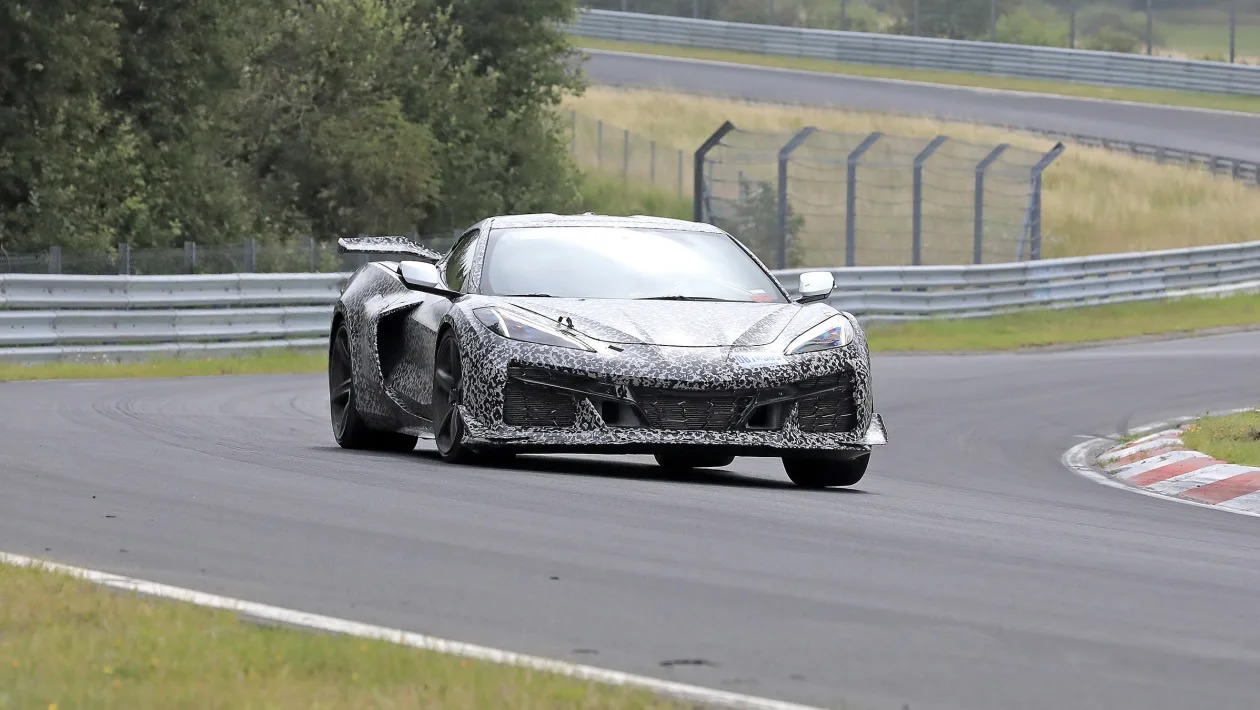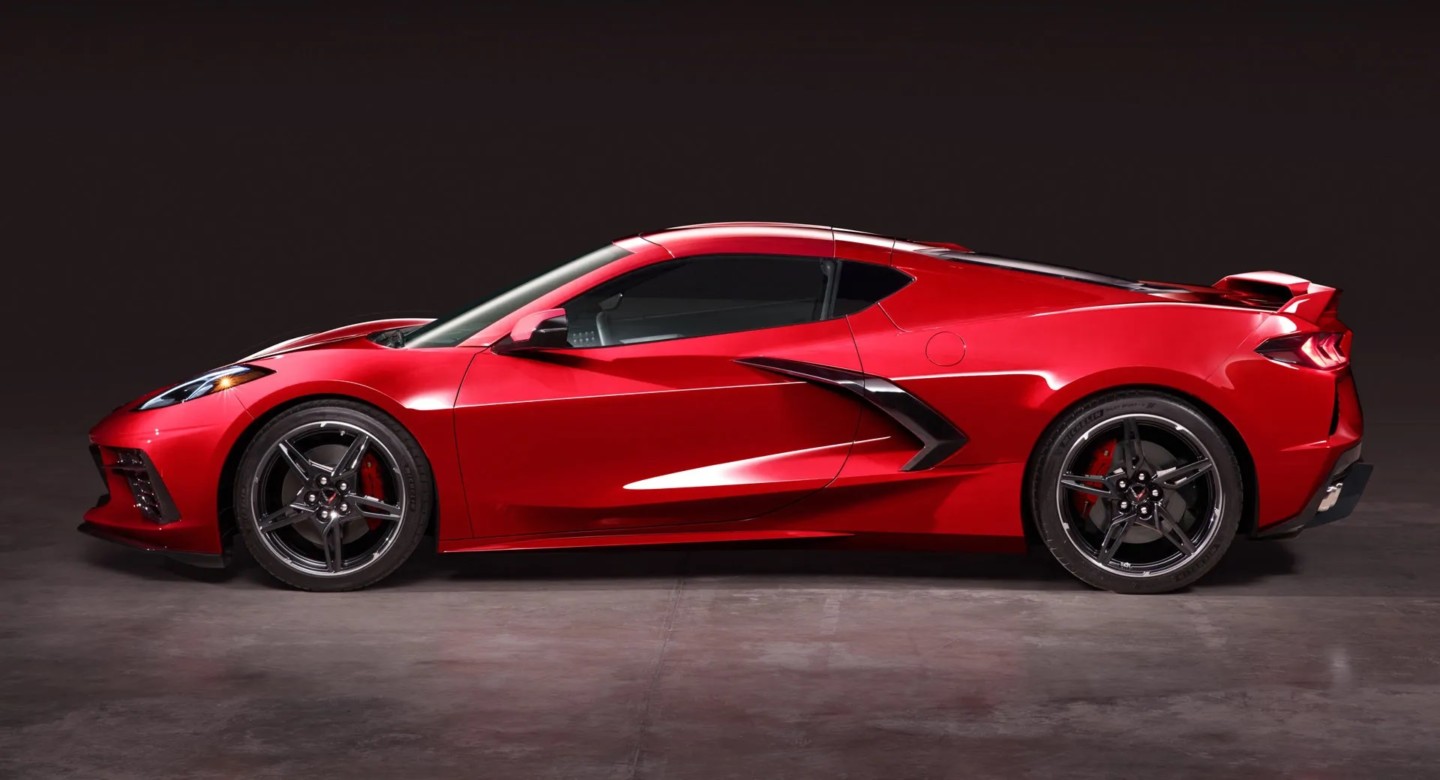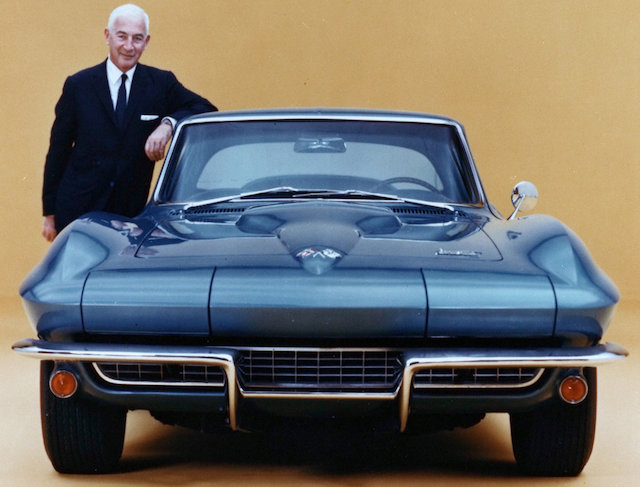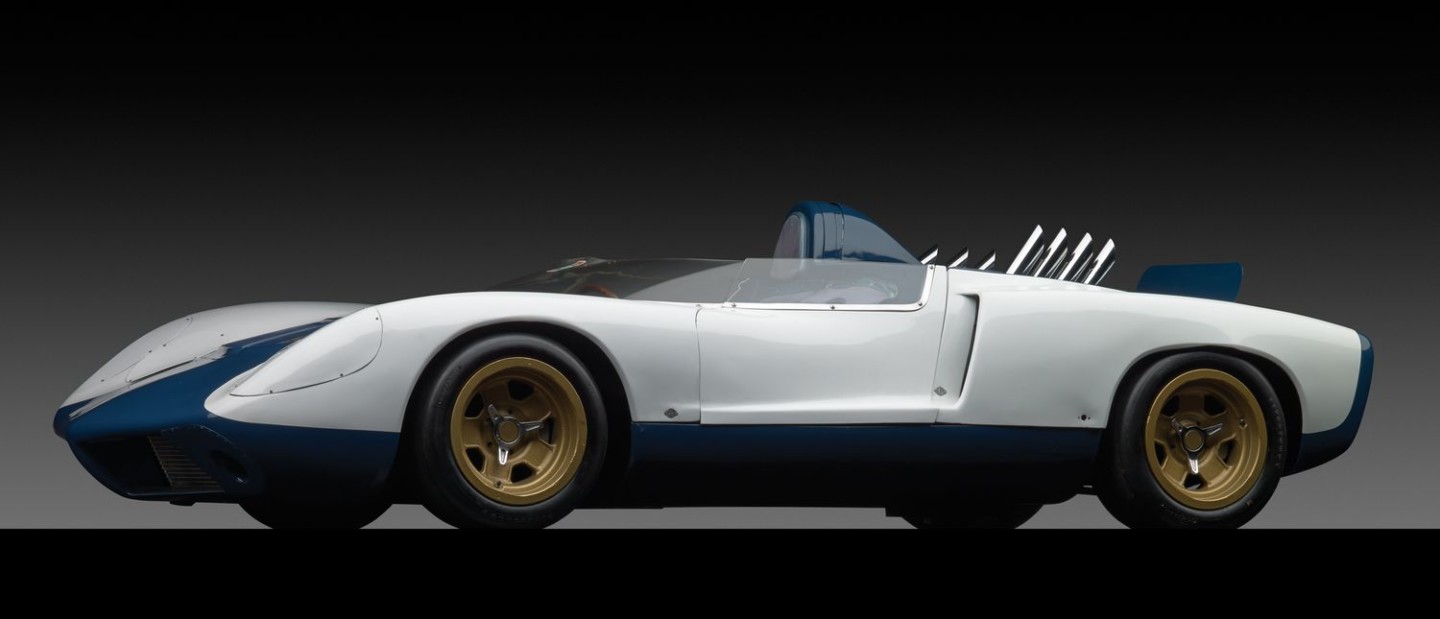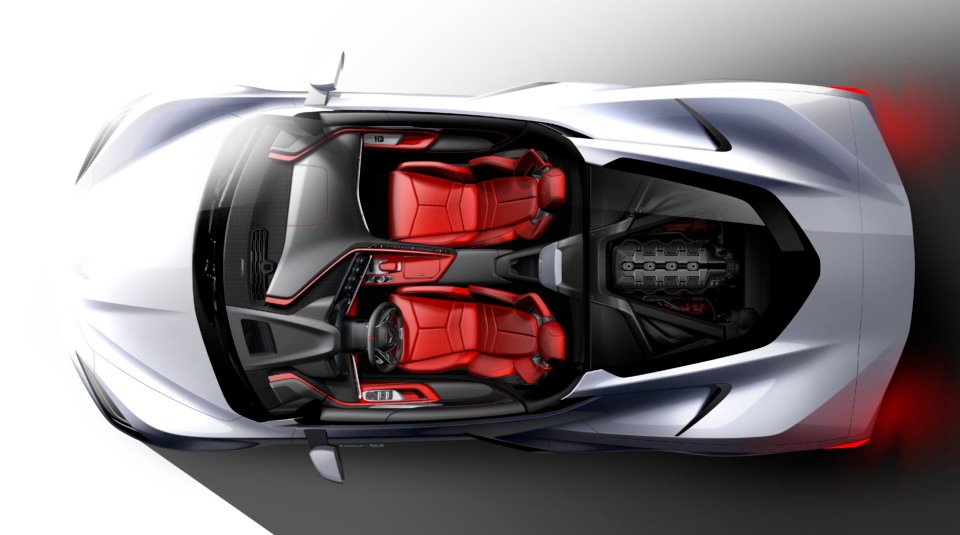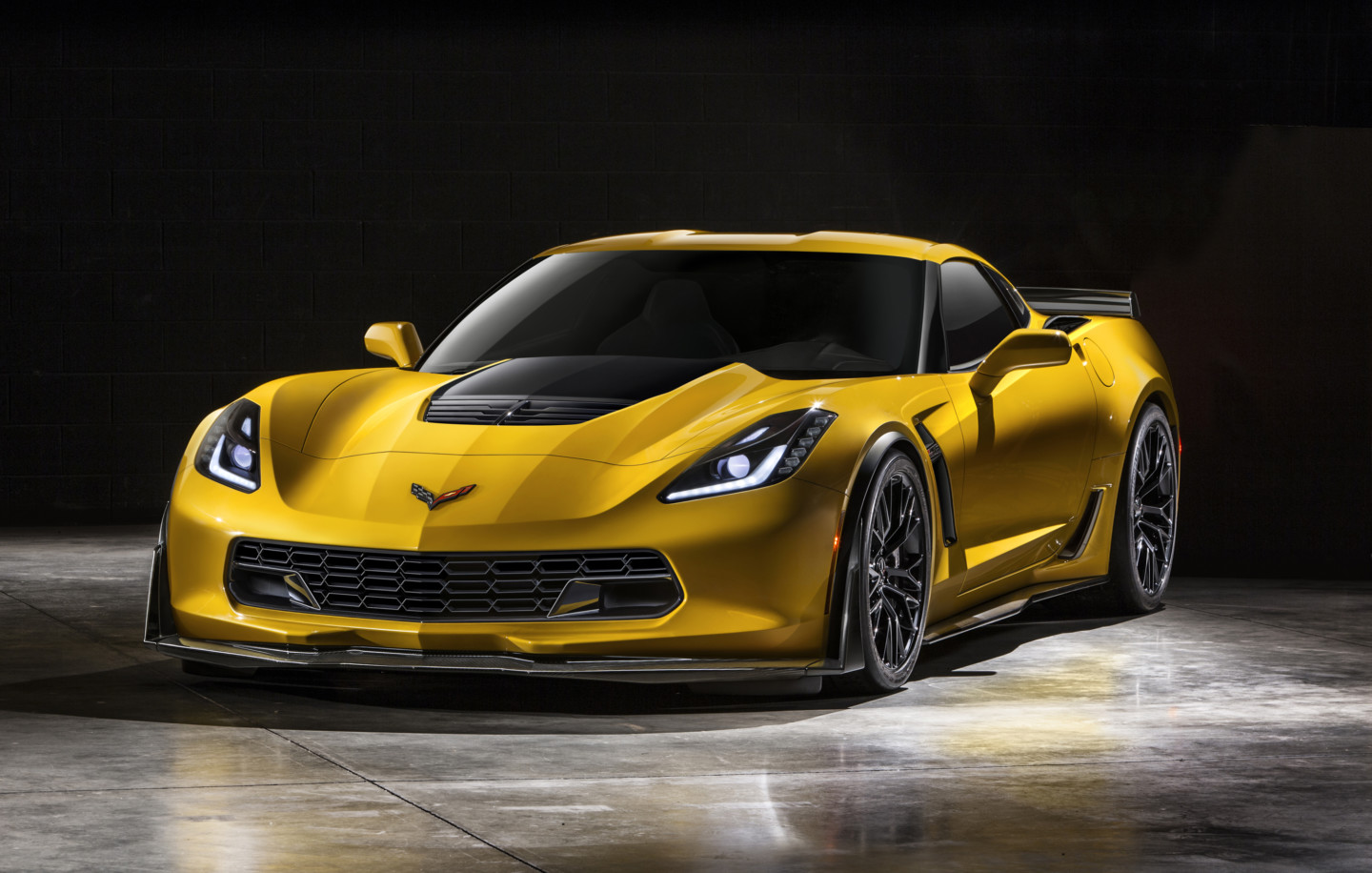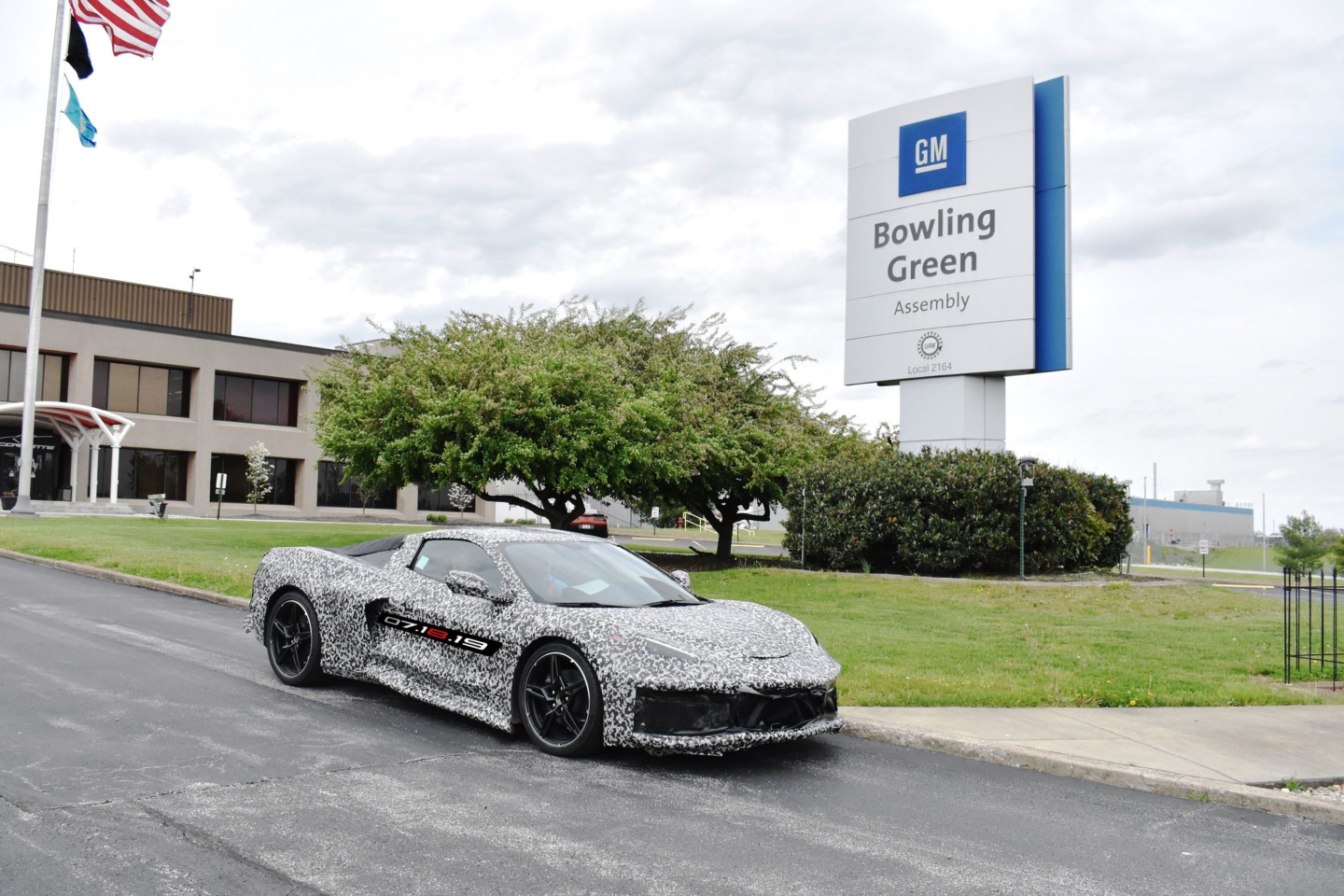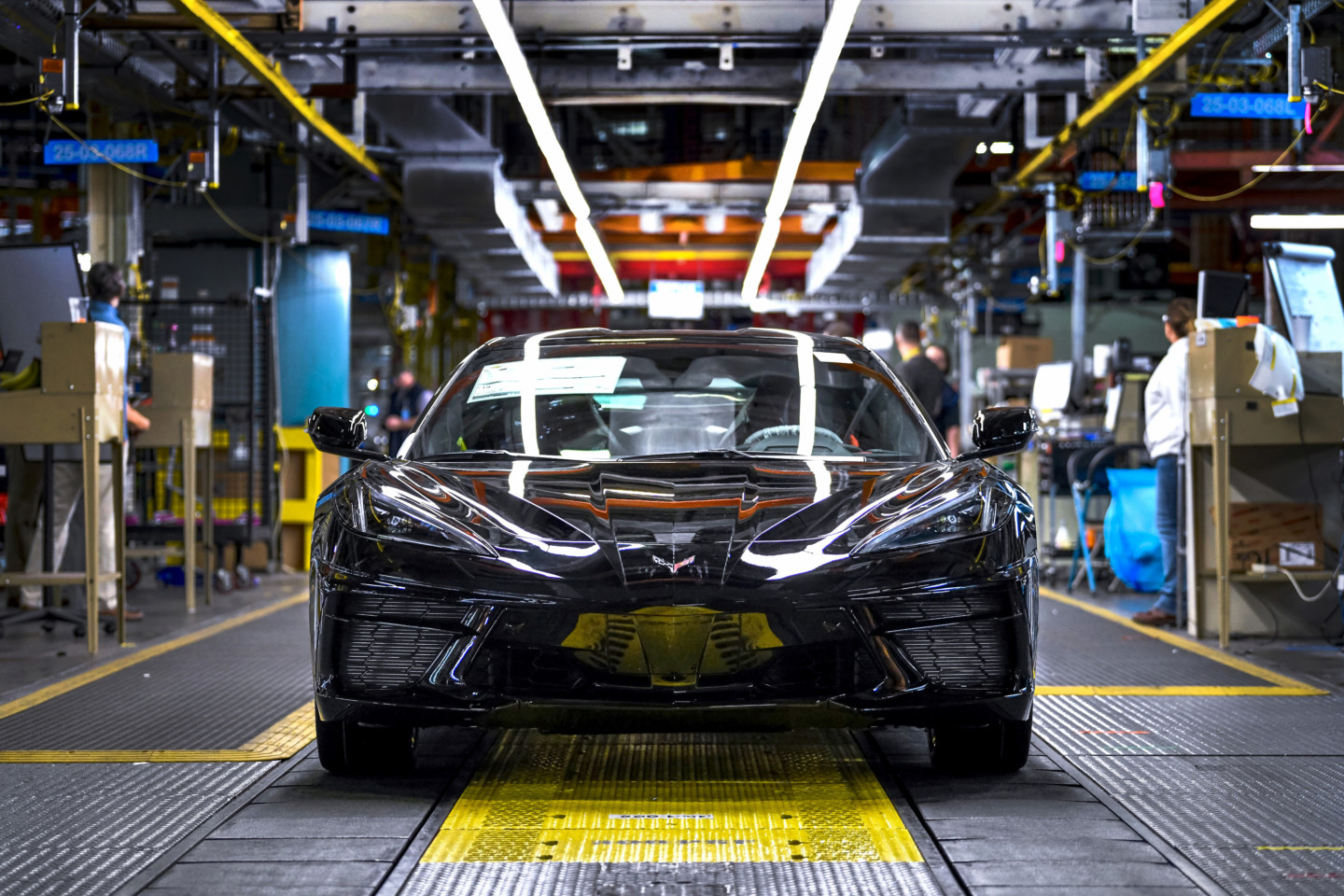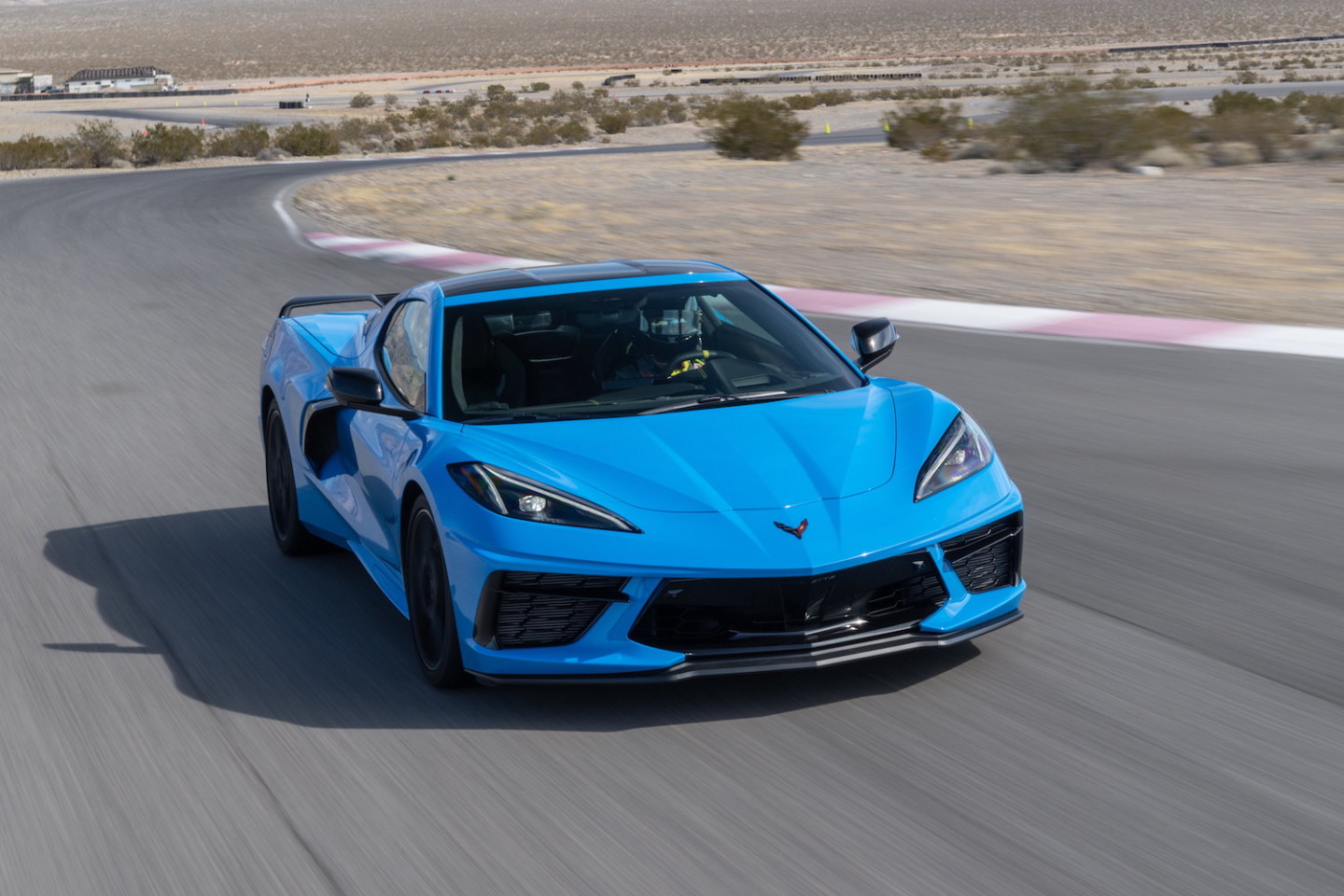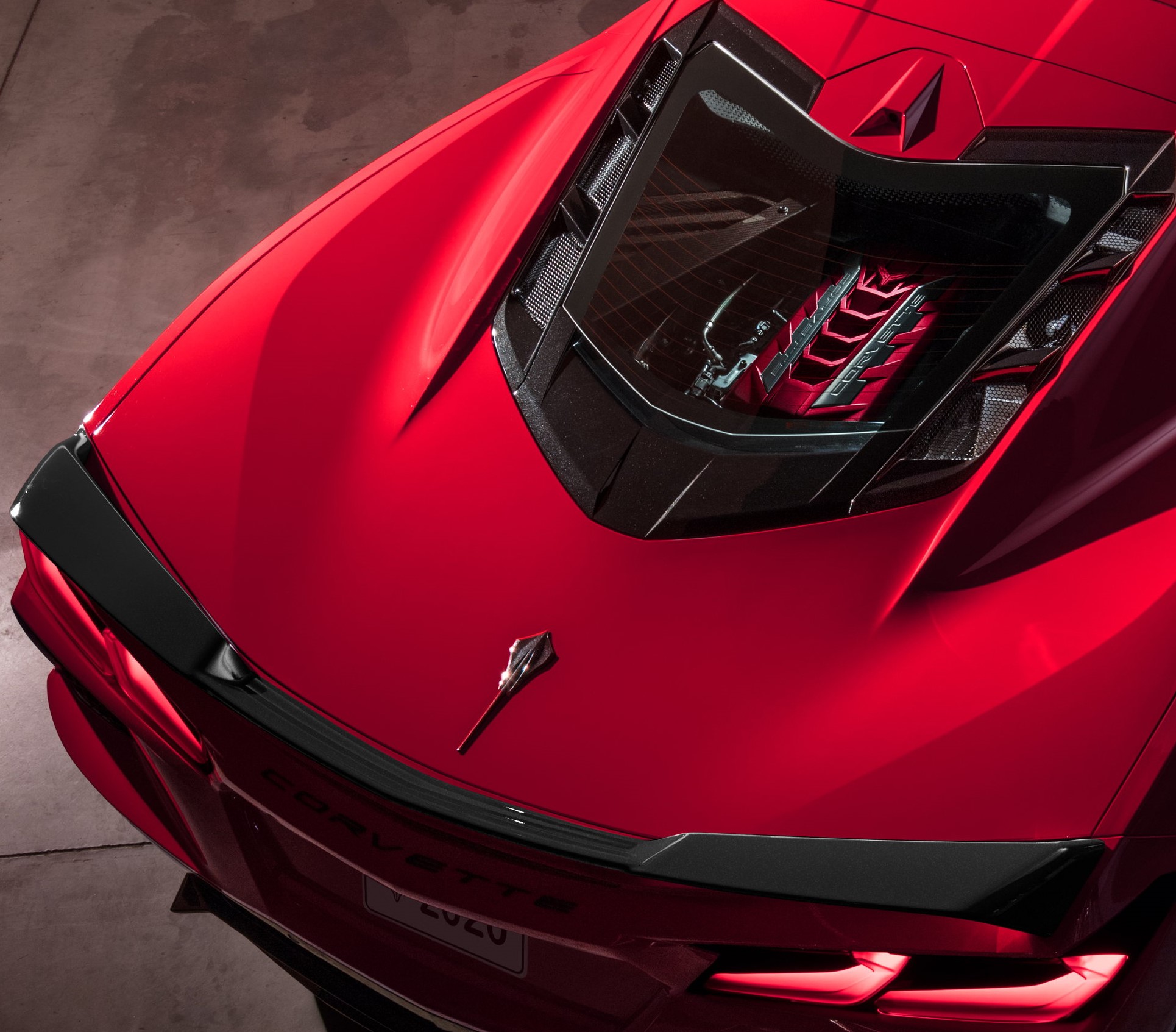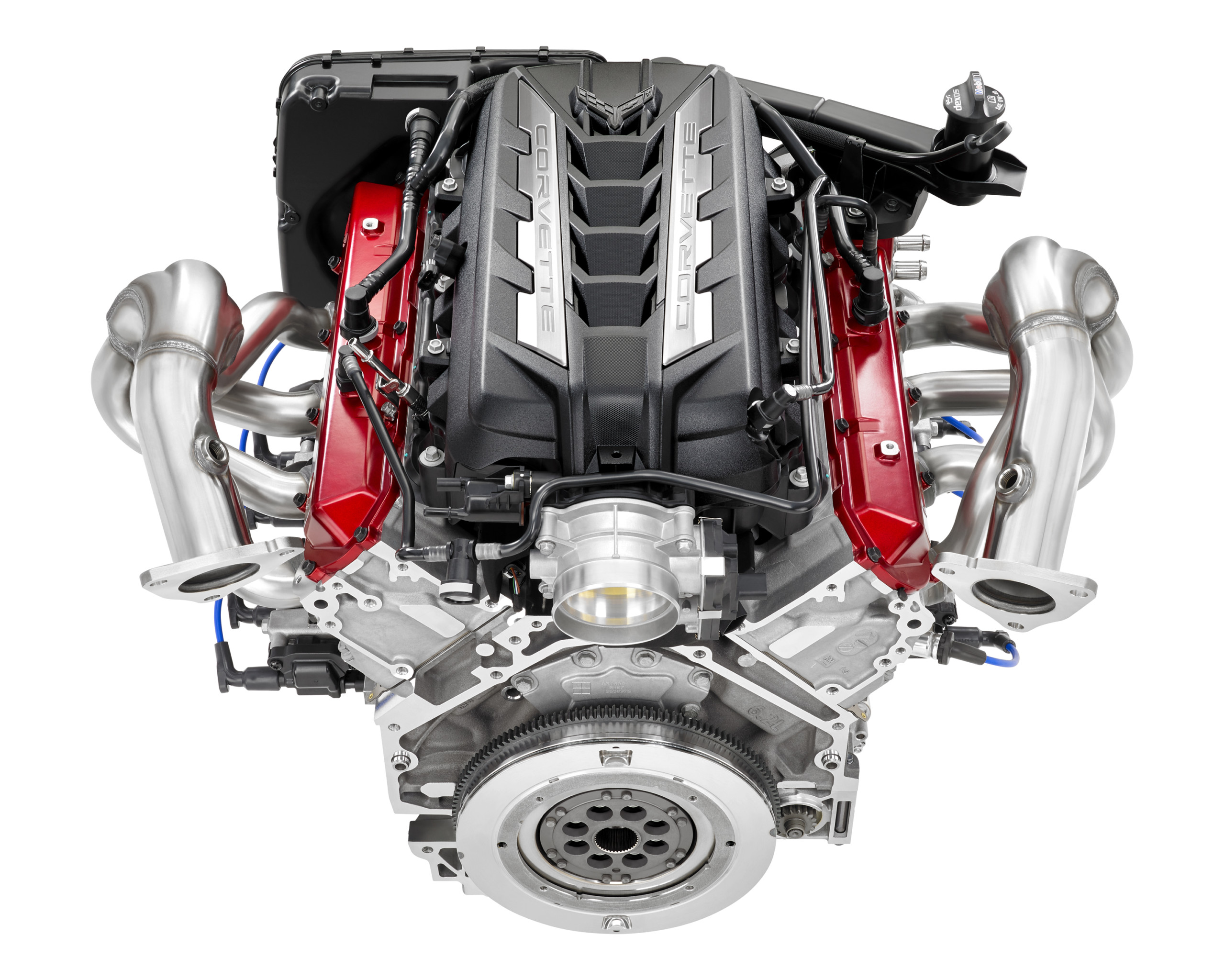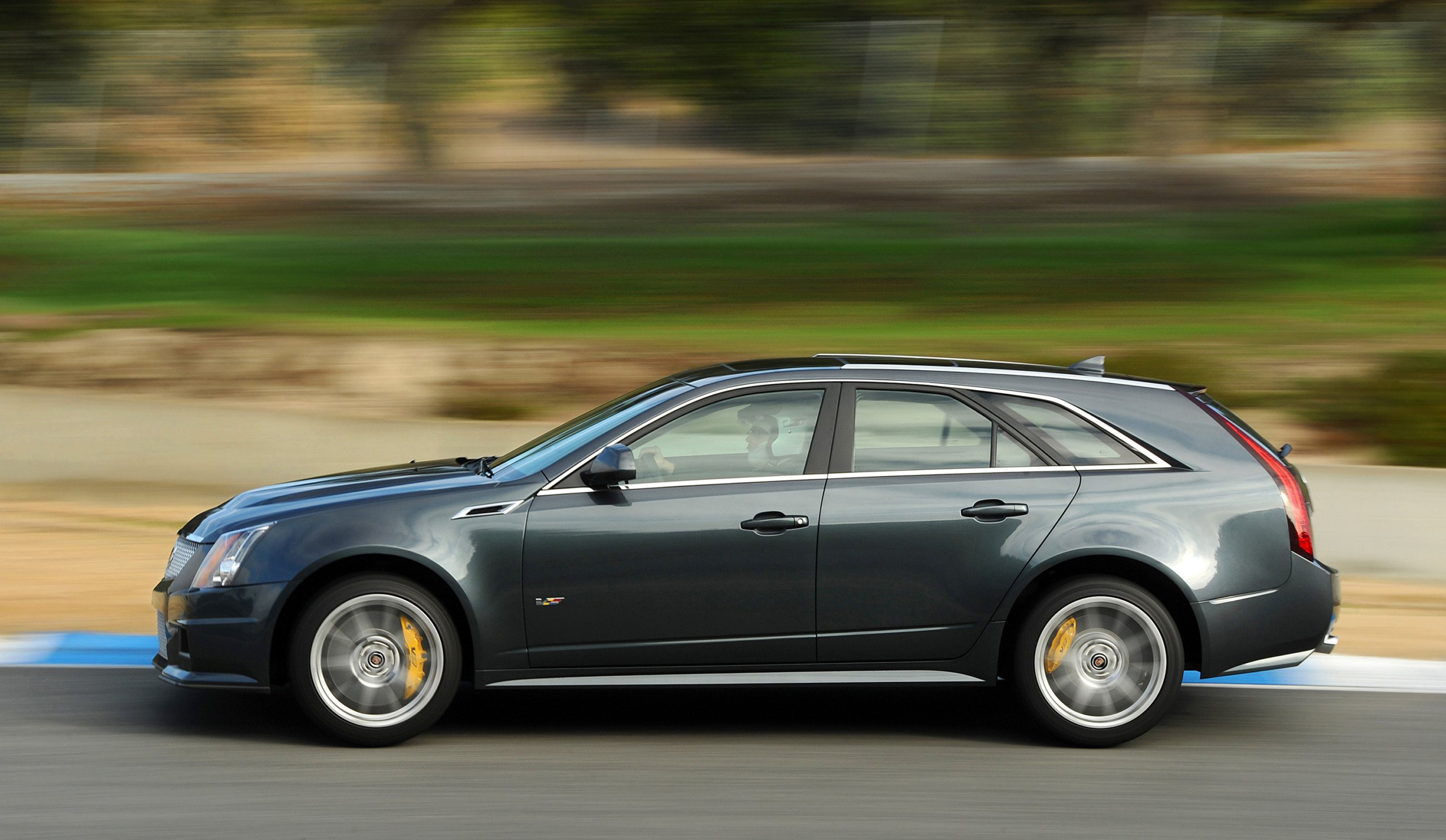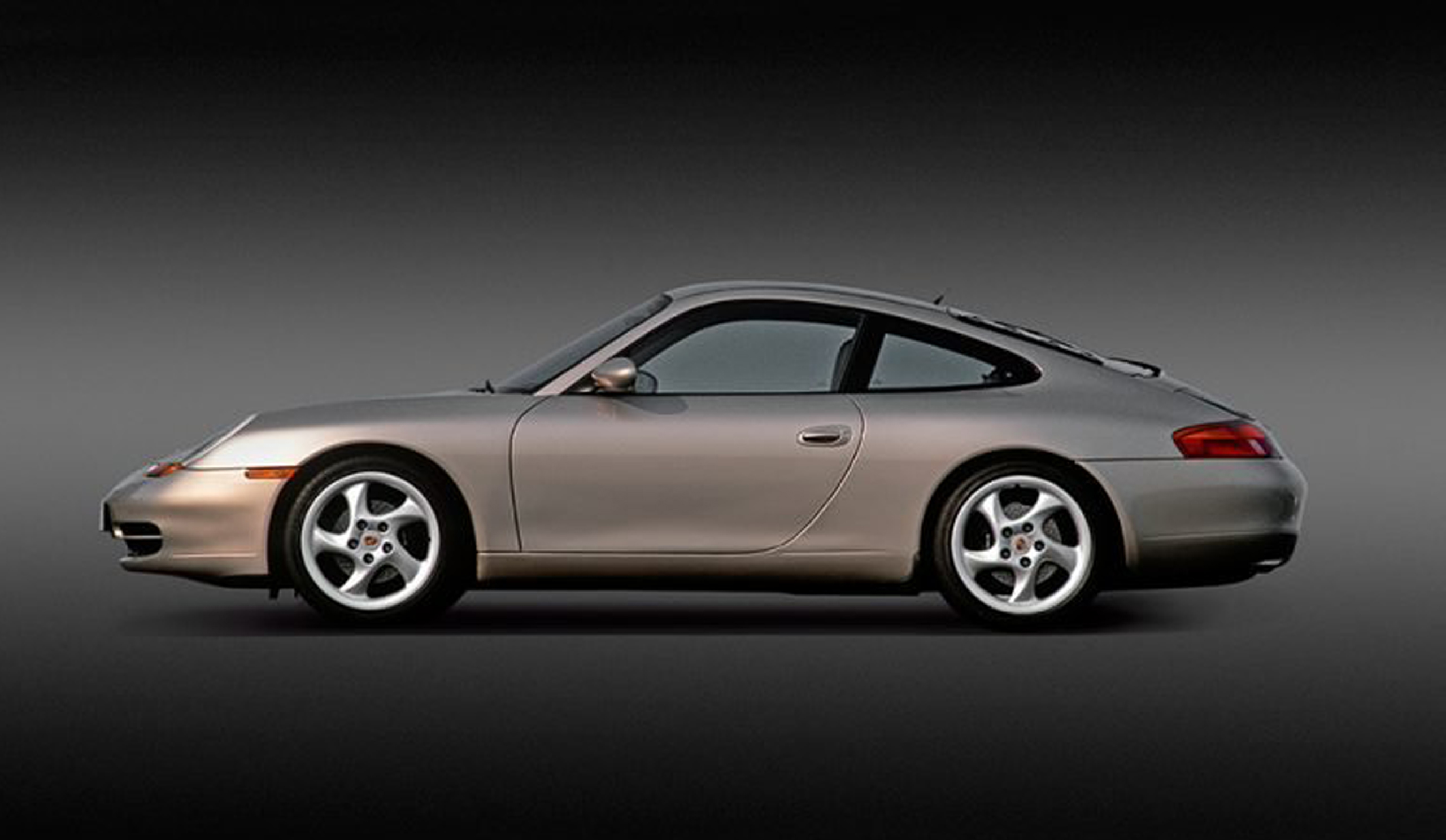Whenever writing about Corvettes, it’s like there’s a significant weight on my shoulders. If I don’t get every statistic, factoid, and detail right, I won’t be able to walk out of my house without looking over my shoulder. The Corvette nation can be tough, but it’s not without good reason: the Corette has carried the torch in all its variants and held the flame as America’s sports car for seven decades. The C8 represents the pinnacle of that storied lineage, and within this article, we will explain why.
Zora’s Child
Although first conceived and designed by famed GM auto-artist Harley Earl, the Corvette’s high-performance parameters are owed to its first chief engineer, Zora Arkus-Duntov. Despite their differing contributions, both men have been heralded as the “Father of the Corvette.” But it was Zora’s vision that would shape the future.
Arkus-Duntov first advocated for the Vette to be V8-powered, receive fuel injection, an independent rear suspension, and be fitted with four-wheel disc brakes. He also initiated the prospect of the ‘Vette being hot-rodded and set up to go racing – something for which the two-seat sports car was not originally intended.
Perhaps most significant of Zora’s initiatives and supremely relevant to the C8 were his efforts to transform the Corvette from a front-engine to a rear-mounted-engine machine. Between 1960 and ‘64, with the help of legendary GM designer Larry Shinoda, Arkus-Duntov championed two advanced Chevrolet Engineering research vehicles: the CERV I/II. Both had mid-engine V8s, with the CERV II pushing the envelope with a 6.2L OHV, aluminum V8 making 490 horsepower. Does this sound familiar? And get this – all-wheel-drive via an early type of transaxle, with separate automatic transmissions and torque converters for the front and rear wheels.
The CERV II was thoroughly-thrashed at GM’s Milford proving Grounds, launching to 60 mph in an astounding 2.8-seconds and achieving an unbelievable for the day –or any day, for that matter– 214 mph top speed. After that, Zora planned to run the CERV II on the endurance circuit at Le Mans, Daytona, and Sebring, with its sights on Ford’s GT40 and Ferrari’s best. But GM corporate killed the idea before it got off the ground.
Arkus-Duntov continued his push for a mid-engine Corvette right until his mandatory retirement in 1975. He died in 1996 at the age of 86. Even though a full 60 years would pass by, through six model generations, multiple chief designers, engineers, CEOs, and division heads, the 2020 C8 traces its initial vision, origins, and very existence to Arkus-Duntov.
Better Late Than Never: 2020-’21 C8 Corvette Stingray
Before the C8’s launch, its significance in Corvette history was written in stone. As noted, it would be the first mid-engine variant, and along with the Pontiac Fiero (1984-88), the only other mass-produced, rear- mounted-engine American car ever. Some say that the C1-C7s were technically mid-engine cars since their motors sit behind the front axle. This technically is a front-mid-engine layout, but let’s be honest. The C8 is the first rear-mid-engine layout, representing a 67-year departure from the Corvette norm.
Here’s where it gets a little dicey. Not every Corvette aficionado was so enamored with the reality of America’s star-spangled sports car going the way of European exotics. To many, planting the beloved V8 behind the cockpit was seen as unnecessary by 2019, especially after the appearance of the ultimate, “King of the Hill” front-engine Corvette – the C7 ZR1. With its 755 horsepower supercharged LT5 motor and every conceivable piece of track-focused technology molded into a winged wonder of automotive artistry, the idea of a rear-mid-engine ‘Vette was moot.
Regardless, there was little mystery involved with the impending arrival of the C8. For two years before its launch, camouflaged examples were spied from Michigan to the Nürburgring. However, when the mask finally came off, the automotive world would take a collective deep breath and sigh of approval.
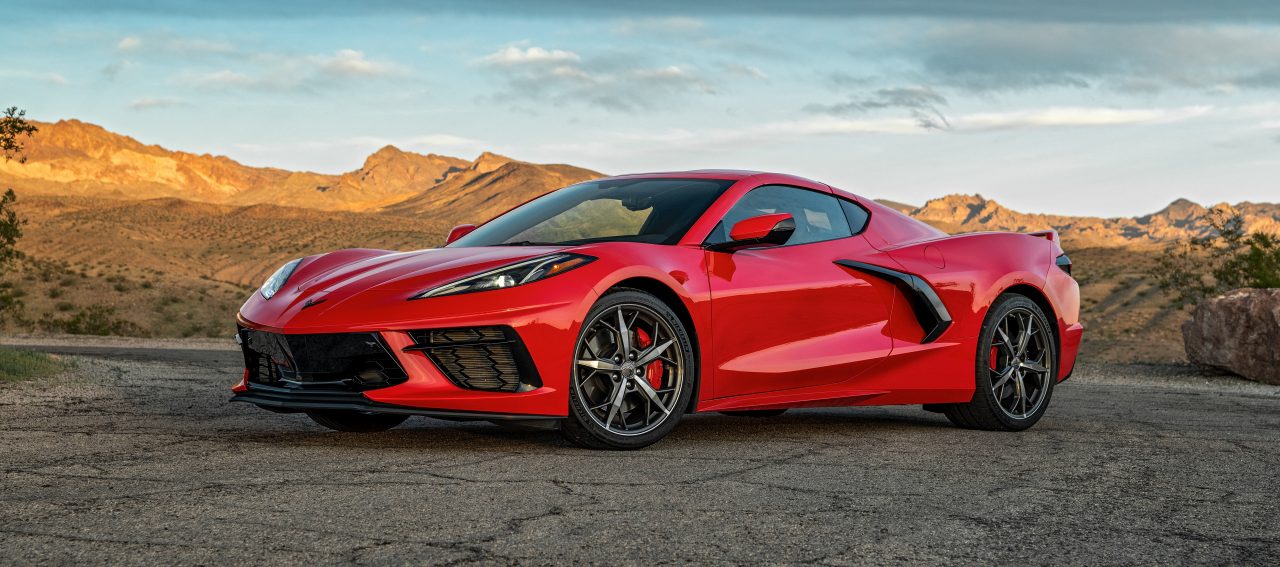
According to the official GM press release from July 18, 2019, GM president Mark Reuss exclaimed: “Corvette has always represented the pinnacle of innovation and boundary-pushing at GM. The traditional front-engine vehicle reached its limits of performance, necessitating the new layout. In terms of comfort and fun, it still looks and feels like a Corvette but drives better than any vehicle in Corvette history. Customers are going to be thrilled with our focus on details and performance across the board.”
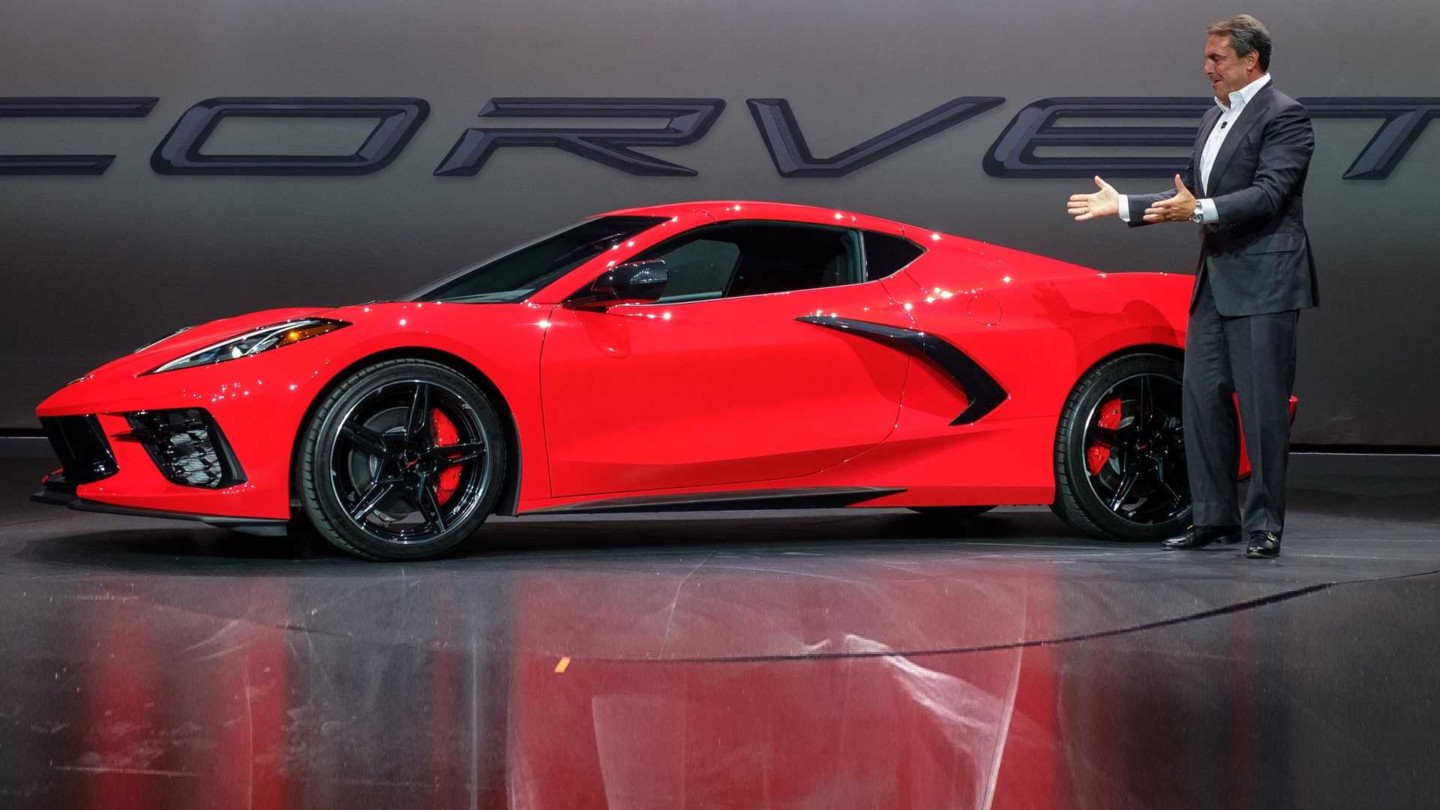
Pandemic Production
The Bowling Green, Kentucky plant was supposed to begin building and fulfilling the tens of thousands of C8 orders late in 2019. But, a long strike and tedious negotiations with the United Auto Workers (UAW) was the first wrench thrown into that schedule. As a result, new C8 Stingrays didn’t start rolling off the assembly line until February 2020. And in actuality, the 2020 allotment of a proposed 40,000 units were sold out before the production run commenced.
Unless you were living on a desert island or another planet, you are fully aware of the reasoning for C8 and all automotive production stalls starting around late March 2020. Factories worldwide, including Bowling Green, drastically slowed or halted car production due to the Coronavirus pandemic. Chronic parts supply and semiconductor chip shortages caused by the crisis have continued to plague the normal flow of the C8 output.
All this doom and gloom equated to a shortened model year for the first C8s. According to the National Corvette Museum, C8 production, with the stoppages mentioned above, spanned from early February to Dec 2020. In that period, 20,368 units were built, split between 16,787 coupes and a scant 3,581 convertibles; not terrible, but shy of the original and likely goal of 40,000 cars. To put that into further perspective, first-year C7 production in 2014 equaled 37,288 cars built, split between 26,565 coupes and 10,723 convertibles. And bookmarking the end of the front-engine Corvette, the final tally for 2019 C7 production was 34,822 Vettes of all models.
As for the 2021 C8 campaign, it got underway on the heels of the 2020 models in December and ran, often interrupted, through September 6 of 2021. In that period, 26,216 C8s were made, split between 15,112 coupes and 11,104 convertible models. However, according to a September GM Authority.com article, Tony Johnson, director of car/crossover marketing said Chevrolet stopped taking orders for 2021 model C8s in the late spring because of overwhelming demand. And, rather than extend the 2021 model year to fulfill all orders, the decision was made to commence with the 2022 model year as of September 6.
Great Things Come to Those Who Wait
With the numbers out of the way, let’s see why the C8 is unique and so freaking awesome.
The eighth-gen Corvette is the first to have a rear mid-engine layout, but that’s only the beginning. With the motor in the back, the C8 achieves the level of performance and handling that Zora had always envisioned. Corvette executive chief engineer Tad Juechter explains, “Our mission was to develop a new type of sports car, combining the successful attributes of Corvette with the performance and driving experience of mid-engine supercars.” With that said, if specific variants of the C5, C6, and C7 had knocked on the door of supercar status, then it’s accurate to say the C8, even in standard model guise, has kicked the door in and taken up permanent residence.
Although many top-tier models have been dry-sump oiled (GS, Z06, ZR1), the C8 Stingray is the first entry-level model to have such a lubrication system. This was necessary for a car that could pull over 1.32-lateral G’s on the track. Facilitating this supercar level of handling is a revised suspension system. Gone are the pre-WWI-tech transverse leaf springs that have been fitted to Corvettes forever. Instead, the C8 ushers in proper coil-over dampers at all four corners for the first time. Also, and not to put too fine a point on it, but the 495 horsepower LT2-powered C8 Stingray is the fastest Corvette from 0-60-mph…ever. This includes the monstrous C7 ZR1 with its 755 supercharged stallions — a 260 horsepower advantage. As proof-positive, it’s not all about power with the Z51 package/performance exhaust. The C8 has been repeatedly clocked at 2.8-2.9 seconds to 0-60 mph. Without the extra ponies from the exhaust, you’re looking at 3-seconds flat.
For a long time, another Corvette first and on the wish list is the C8’s exclusive eight-speed, paddle-shifted, dual-clutch automatic transmission (M1L/DCT). And since the Powerglide-automatic in 1953/54 Blue Flame six-cylinder C1s, no manual transmission is offered. But, agree or disagree, Corvette engineers deemed the less than 25-percent of C7 Corvette stick-shift orders and the C8’s advanced capabilities as good enough reasons to move forward with the new DCT only.
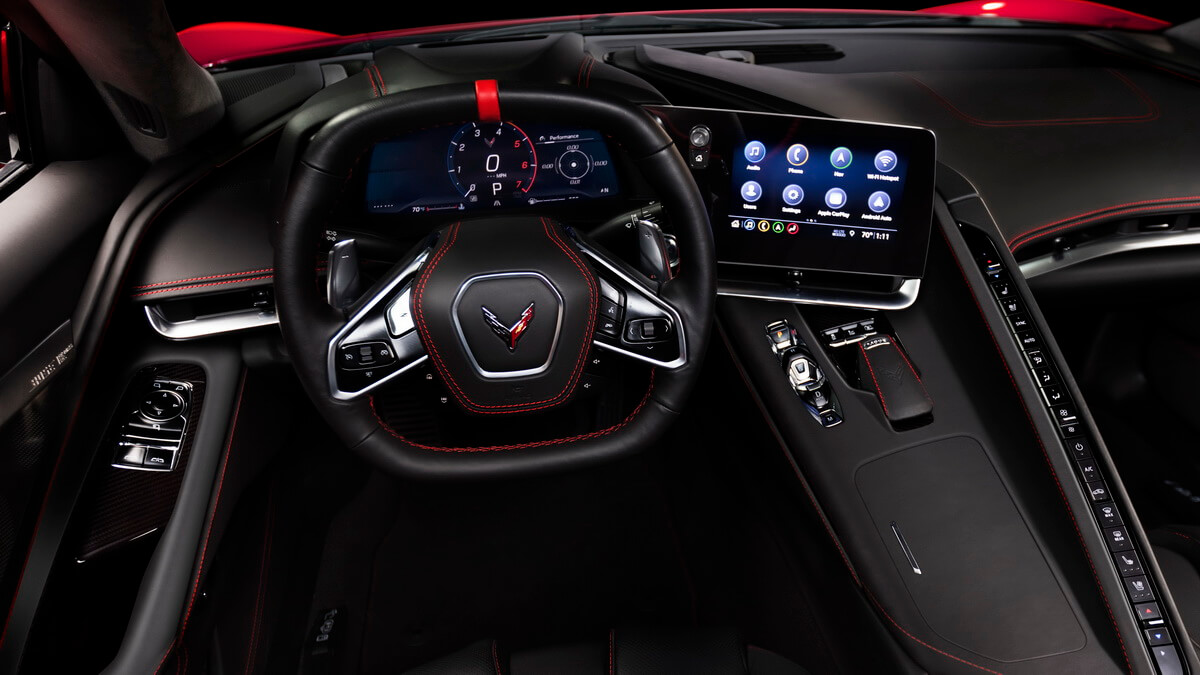
The Short and Long of It: Summation
The 2020-21 C8 Stingray not only represents the first of a new generation for Corvette, but it’s also an entirely new interpretation of America’s sports car. Over 60 years in the making, the concept of a rear-mid-engine Corvette has come to fruition. And not just by placing the venerable V8 to the car’s rear, but by rethinking and successfully executing the C8 to another level. Like GM president Mark Reuss said, the front-engine layout had gone to its limits. Time and technology dictated new terms that the C8 be a clean-sheet car, with no compromises.
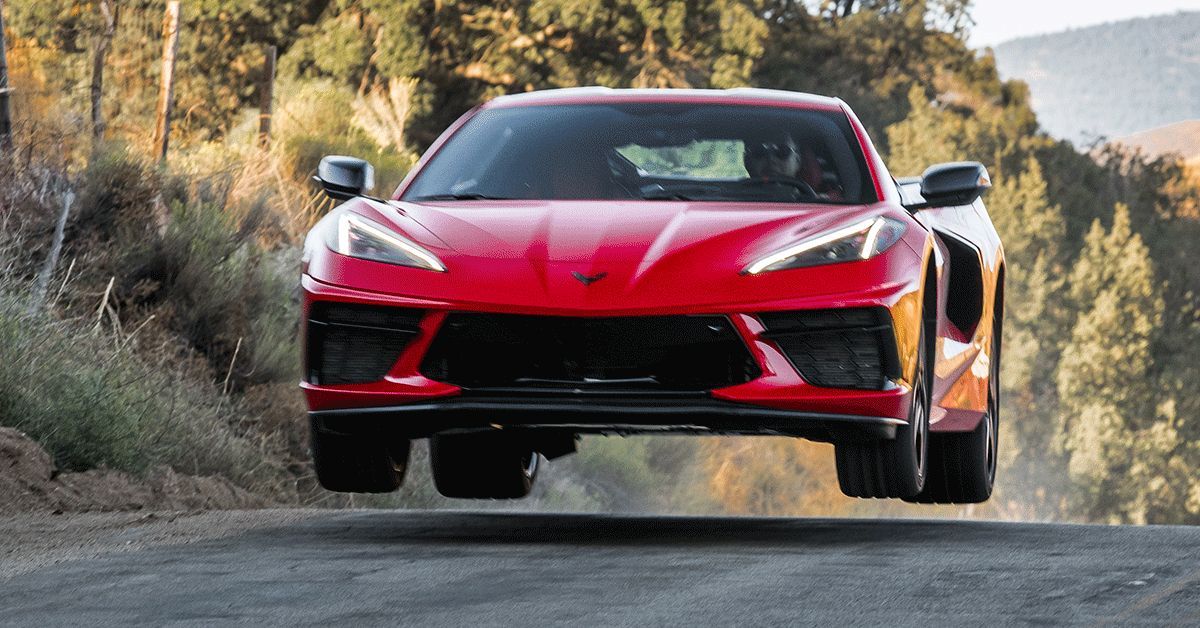
The C8 Stingray checks all the boxes. It employs higher technology, superior power, vastly better handling and braking than its predecessors. It offers ultra-modern styling and a level of GM quality of materials and fit and finish that can only be called world-class. And it provides it all at a fantastic starting price of around $65,000.
The C8 Stingray may also be the first Vette to draw the exotic car buyer’s attention. From personal experience, your author has met more than a few Lamborghini and Porsche owners who have succumbed to the allure, capabilities, and price-point of America’s new supercar.
Time has Already Told: Conclusion
Comparisons can definitely be drawn between the C8 and other classic automobiles that have broken a long-standing mold. For example, in 1998, after 34 years, Porsche’s iconic sports car, the 911 (996), went from air-cooling its rear-mounted engine to better-performing, more emissions-compatible liquid-cooling. This not only increased the 911’s horsepower levels on every subsequent variant but almost immediately made the air-cooled cars that much more desirable and valued to collectors.
In the act of automotive sacrilege, by 2012, after 65 years of production, legendary Italian supercar purveyor Ferrari had built its last manual transmission. Renowned for its gated shifter, Ferrari’s engineers saw the performance advantages of a paddle-shifted, dual-clutch transmission (DCT). In an instant, the last row-your-own available models, like the F430 599 GTB and California, saw their values rocket into the stratosphere.
A more recent American car has become a neo-classic because it departed from the norm. The 2011-14 CTS-V2 Sport Wagon has gone from a cult-unicorn to a super-valuable collector car in a decade. Not only did it have 556-AMG-fighting horsepower, but it stands as the ultra-high-performance variant of Caddy’s only-ever wagon. With a precious 1,764 built, only 514 are of the ultra-rare six-speed manual guise. These cars can go for their original sticker price to much more at auction.
Conclusion
There can be little doubt that the first C8s are already highly-prized collectible cars for the reasons mentioned. Will they be the most valuable and prized Corvettes ever? Only time will tell. One thing is for certain: even with ever more dynamic models still yet to come, like the Z06, ZR1, Zora-Hybrid, and perhaps a fully-electric ‘Vette taking the helm, the 2020-21 C8 Stingrays were definitely worth the wait. 